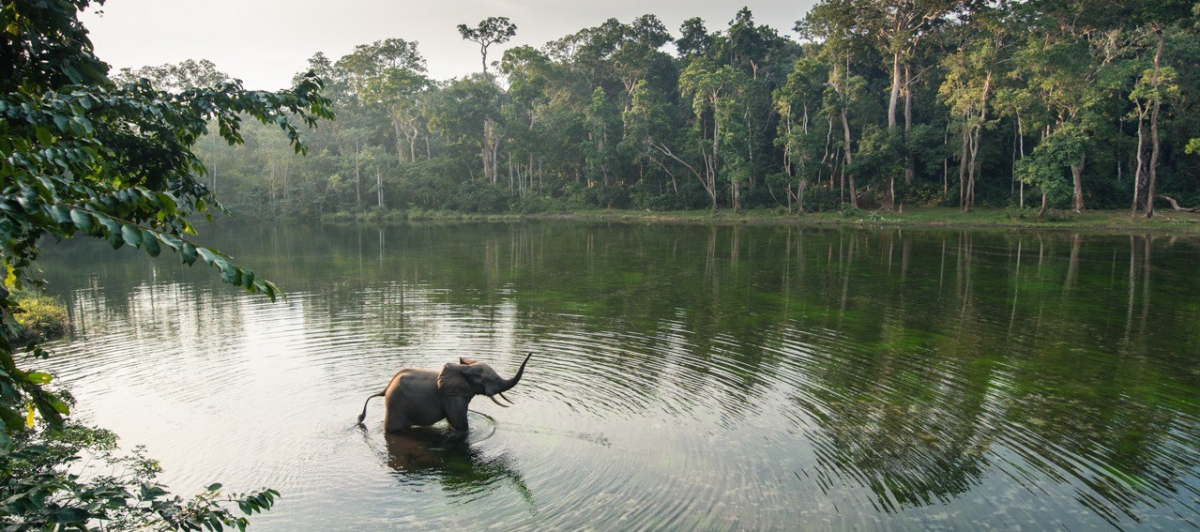
By Madhu Rao, Regional Advisor for the Asia Program, Wildlife Conservation Society. Read the article published in Medium.
2020 was to be the Super Year for Nature. Well before COVID-19 plunged the planet into an extraordinary crisis and brought the world’s economic systems to a grinding halt, the World Economic Forum ranked biodiversity loss and ecosystem collapse as one of the top five environmental risks to business in the coming decade.
The humanitarian catastrophe that has since unfolded, with tragic consequences for millions of lives and livelihoods, has much to do with humankind’s fractured relationship with nature.
About 60 percent of all emerging infectious diseases originate in animals (mainly wildlife). On very rare occasions such diseases with a wildlife source like COVID-19, Ebola, and SARS can cause massive disruptions with devastating impacts on human health and the global economy. Experts believe the emergence of diseases from wildlife are a result of human activities such as deforestation, expansion of agricultural land, and increased exploitation of wildlife for economic benefit.
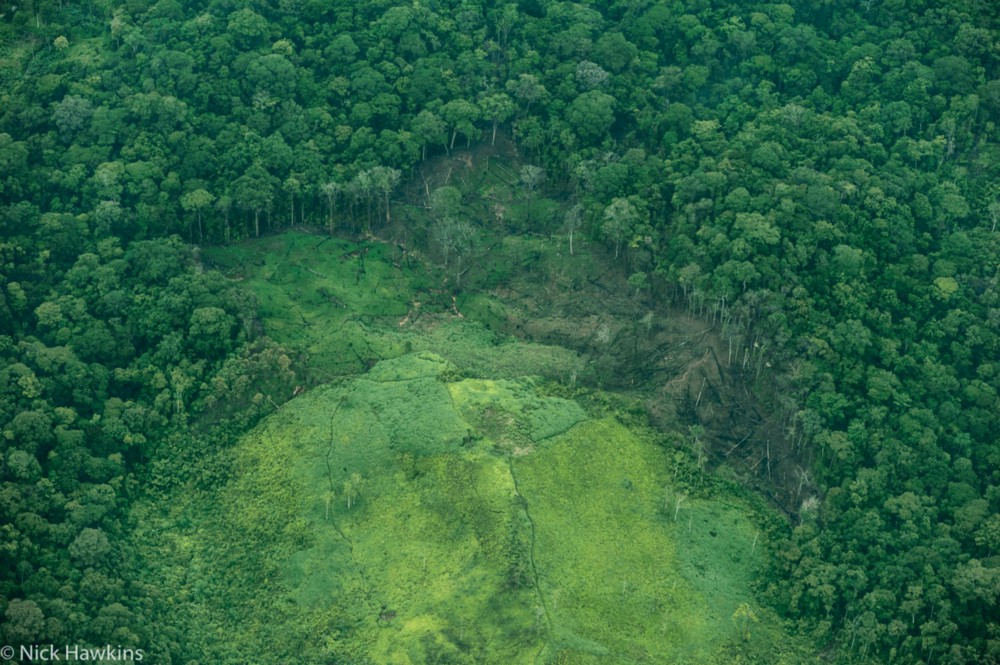
Unrelenting economic pressures on natural ecosystems in recent decades have led to nearly one million species facing extinction. Within this context, Covid-19 has created a disruption like no other, exposing not just the vulnerability of globalized economies but also the fragility of humankind. From this interruption, an exceptional and urgent opportunity to recalibrate our relationships with nature has emerged.
Nature-based solutions to achieve human well-being and tackle climate change are well within our reach. Governments, the private sector, and civil society can permanently and effectively protect, restore, and manage remaining natural ecosystems for their biodiversity and carbon values. Four considerations point to why a transformative approach to nature stewardship is both timely and imperative.
“The coronavirus catastrophe that has unfolded, with tragic consequences for millions of lives and livelihoods, has much to do with humankind’s fractured relationship with nature.”
First, protected areas — including those conserved by indigenous and local communities — hold tremendous promise and offer practical solutions to secure biodiversity, mitigate climate change, and promote human well being. The constituency for protected area creation and management has expanded to include private sector entities and civil society institutions.
Second, robust scientific guidance exists to inform the planning and investment needed to target the most valuable ecosystems. The Key Biodiversity Area Standard sets out globally agreed criteria for the identification of sites that contribute significantly to the global persistence of biodiversity.
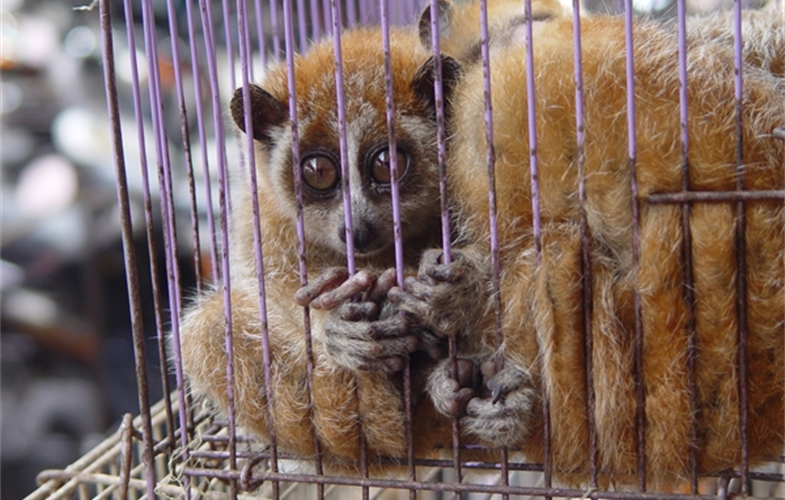
An extensive and robust body of scientific knowledge exists to inform the planning and investment needed to target the most valuable ecosystems for the simultaneous pursuit of carbon sequestration, biodiversity, et le economic goals. The protection, improved management, and restoration of diminishing intact forest landscapes (only 12 percent of which is protected), as well as highly threatened grassland and mangrove ecosystems among other natural ecosystems, can deliver cost-effective climate mitigation linked with the United Nations Sustainable Development Goals (SDGs) in addition to securing governance rights of indigeneous and local communities.
Third, global policy platforms provide important levers for expanding protection and management of natural areas. The Convention on Biological Diversity (CBD) parties are coalescing toward a target to conserve sites of biodiversity importance covering at least 30 percent of land and ocean for ratification at the CoP15.
The Paris Agreement recognizes the role for terrestrial and marine ecosystems in mitigating climate change by serving as major carbon sinks. Protected areas represent cost-effective mitigation approaches and essential components of Nationally Determined Contributions (NDCs).
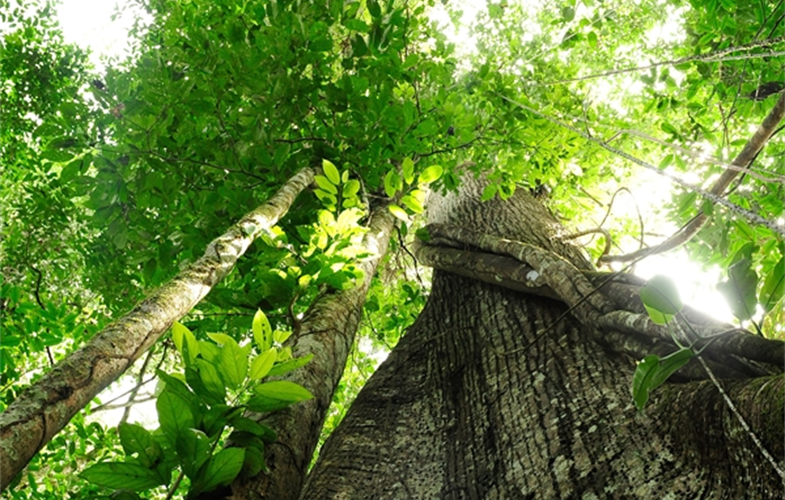
Lastly, the ‘Nature Emergency’ is already on the business agenda, with acknowledgement that the crisis engulfing nature also matters to the economy. This has spurred momentum to create new mechanisms of public-private collaborations and non-traditional flows of finance to reverse nature loss and secure a net-zero emissions world by 2050.
Protection of biodiversity-rich ecosystems with high carbon mitigation value can also reduce the risk of future emerging disease pandemics and can be an integral part of COVID-19 economic recovery programs. The challenge, as always, lies in the complexities of implementation.
“A robust body of scientific knowledge exists to inform the planning and investment needed to target the most valuable ecosystems for the simultaneous pursuit of carbon sequestration, biodiversity and economic goals.”
A mitigation hierarchy approach for nature conservation — through a process to avoid, minimize, remediate and offset — provides a powerful framework to integrate multiple goals and to evaluate trade-offs in achieving biodiversity and economic outcomes. Biodiversity-rich areas, including protected areas, are positioned at the highest and most important step of the mitigation hierarchy, and the avoidance of impact to these areas will be essential to achieving the SDGs.
Experts warn that we have only seen the tip of the iceberg in relation to pandemics. Now more than ever, governments, businesses, and civil society have a crucial role to play in protecting people’s health — bolstering the economy and developing practical solutions and game-changing innovation that will shape the coming decades. The protection of nature can be an integral part of a ‘One Health” approach, which recognizes the interaction between humans, animals, and the environment in disease preparedness and prediction.
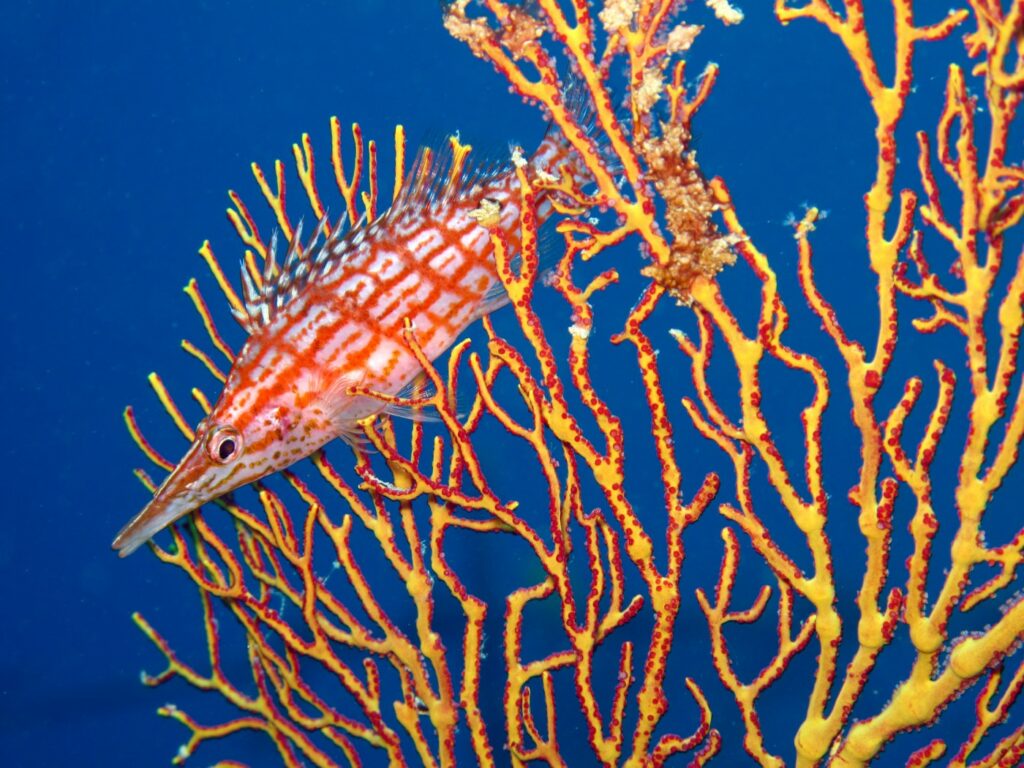
Human ingenuity that has delivered exponential economic growth and extraordinary advancements has the potential to generate solutions that benefit both the biosphere and human health.
The call to action by the Planetary Emergency Partnership captures the essence of the transformation needed, calling on “leaders to have the courage, wisdom, and foresight to seize the opportunity to make their economic recovery plans truly transformative by investing in people, nature, and low carbon development.”
Responsible stewardship of at least 30 percent of the land and ocean is an integral part of this approach. The protection of nature from further degradation will not only benefit species, indigenous communities, and the climate, but also help to stave off future pandemics. An essential step to help us pull back from the brink, reverse the crisis, and progress toward a healthy planetary future.